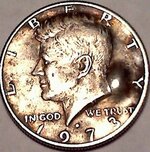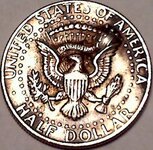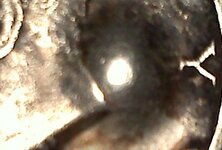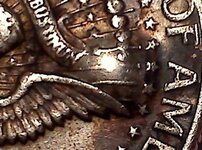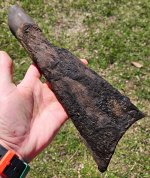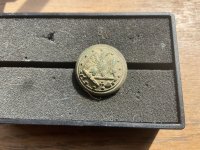falcolnx
Jr. Member
found this one in a bunch of change. Is this a mint mistake or did this happen after it was in circulation? This half dollar seems to have acouple air bubbles in it.
How does this happen i wonder and how common is it as far as value? Times are tough and unemployment dont cut it so is this worth selling? or should i add it to the cause at face value?
How does this happen i wonder and how common is it as far as value? Times are tough and unemployment dont cut it so is this worth selling? or should i add it to the cause at face value?
Attachments
Upvote
0


